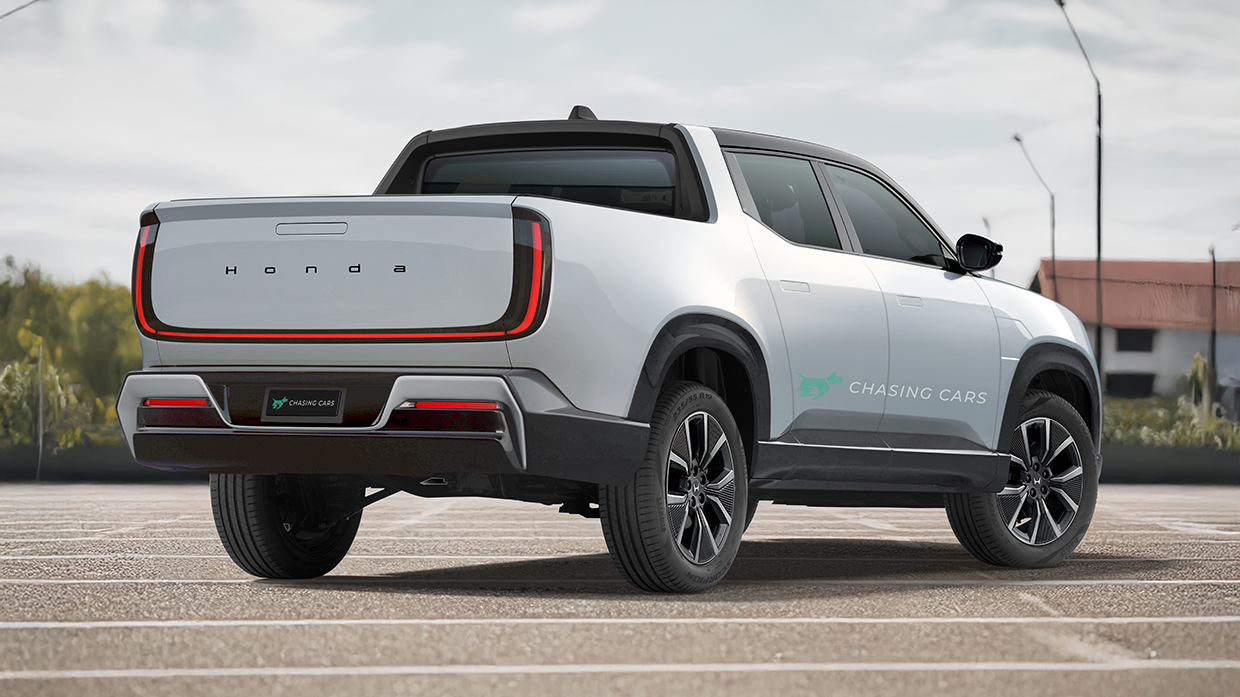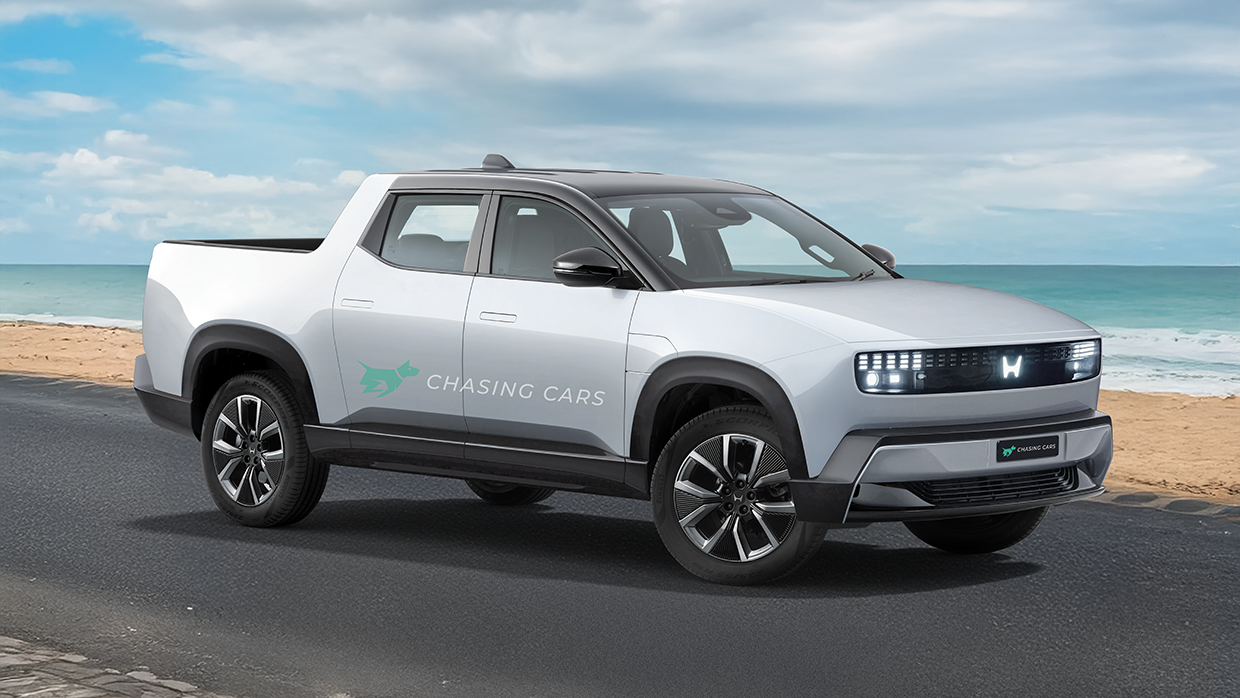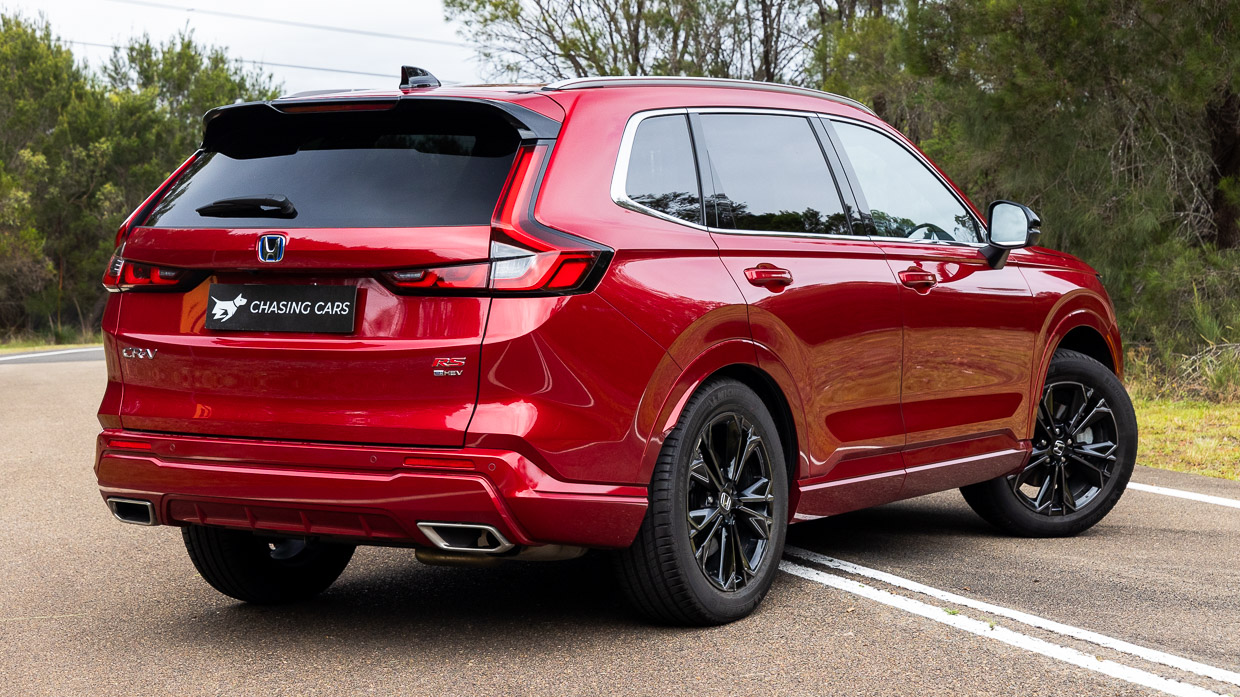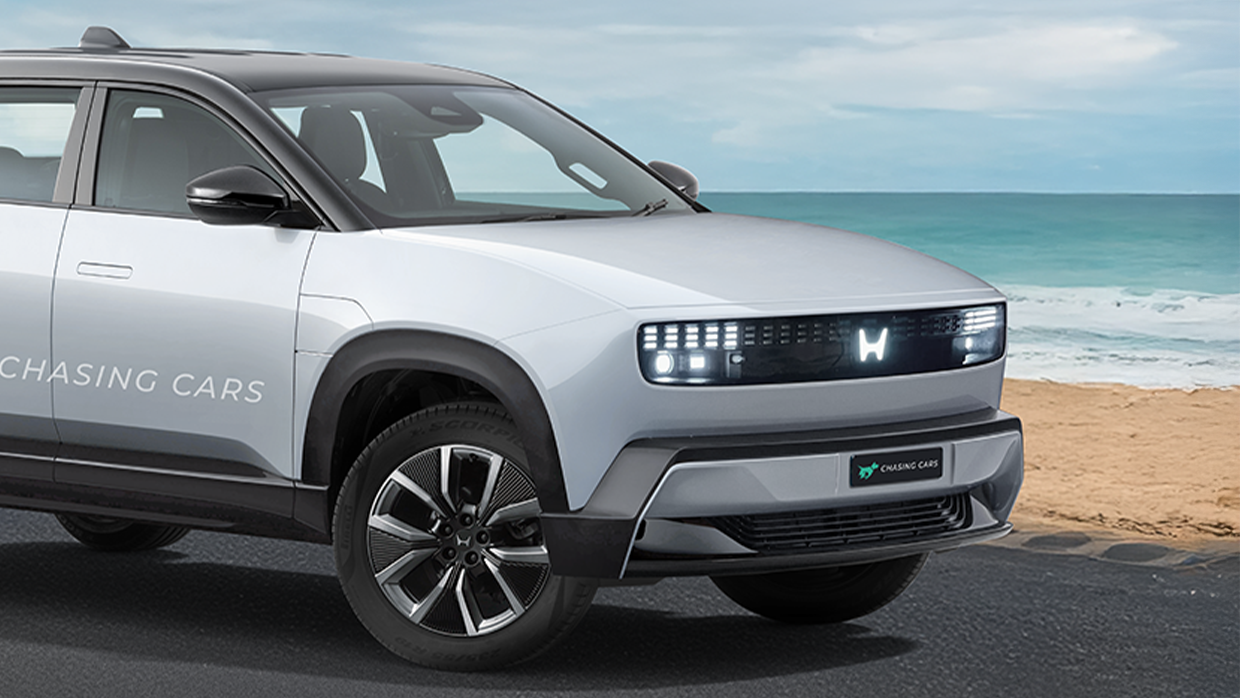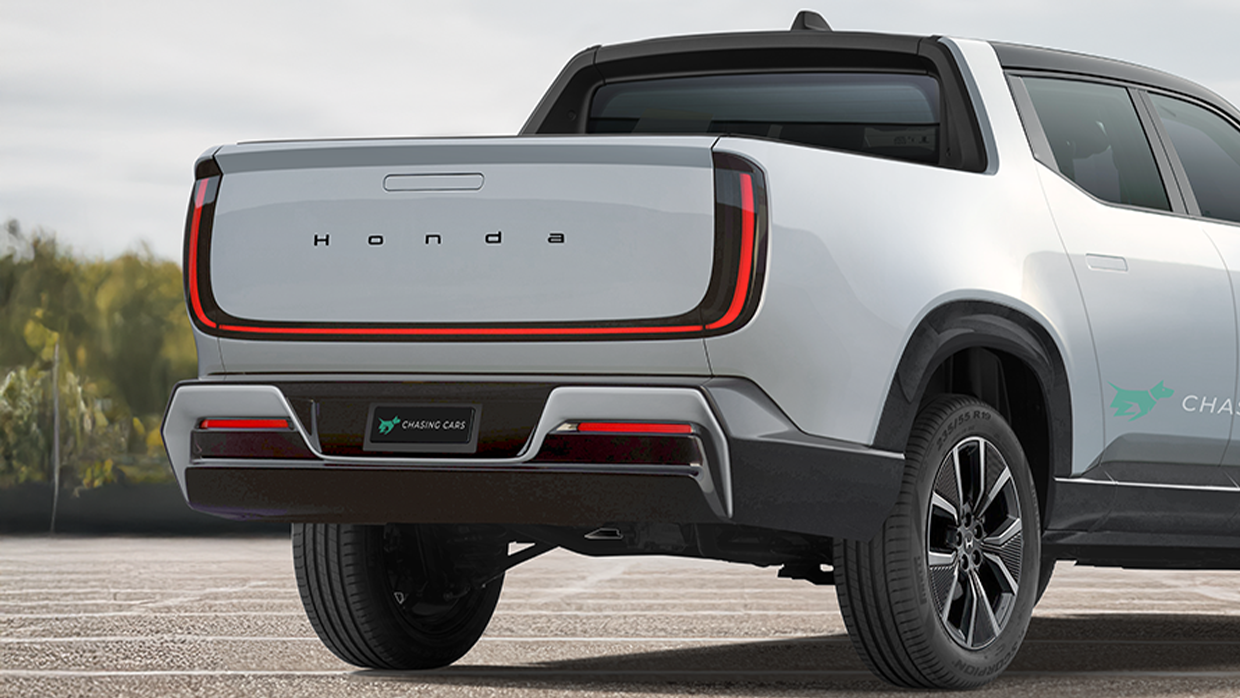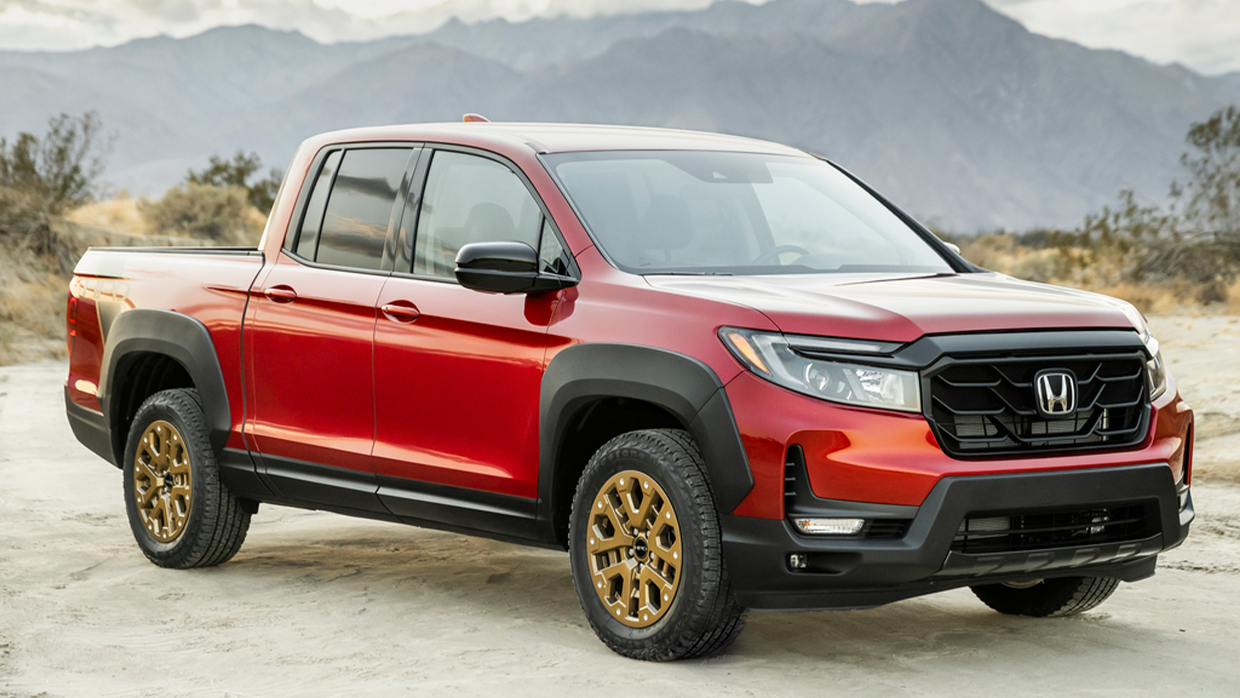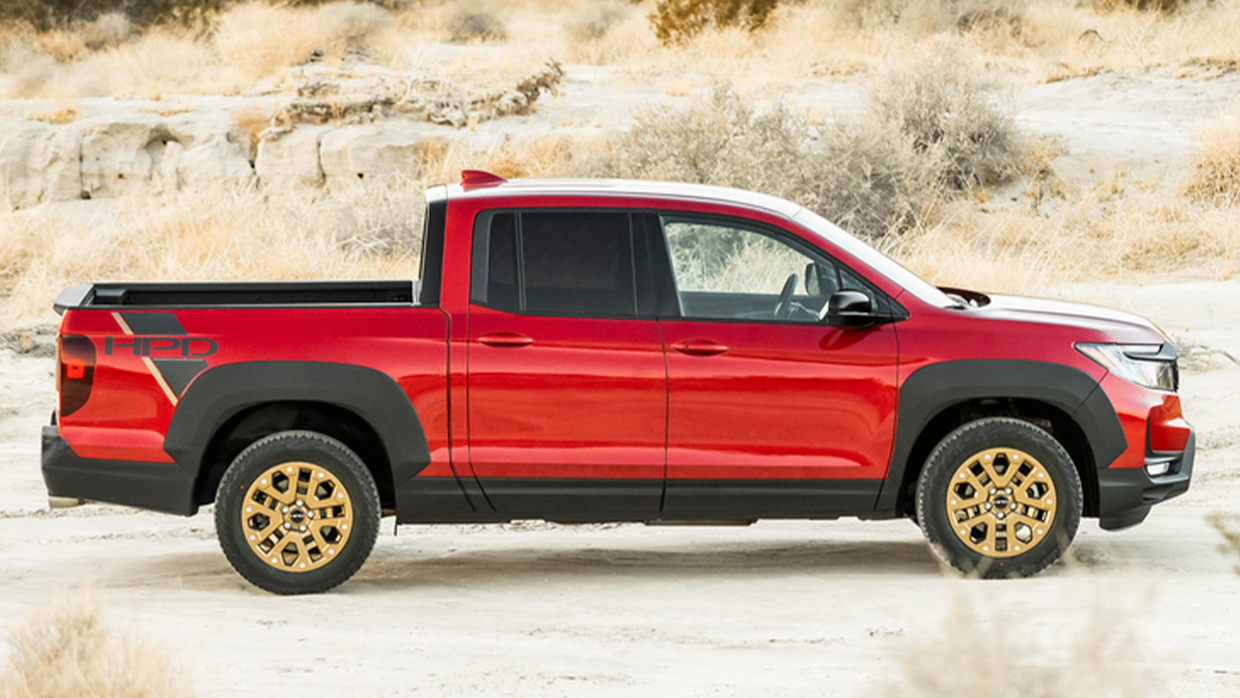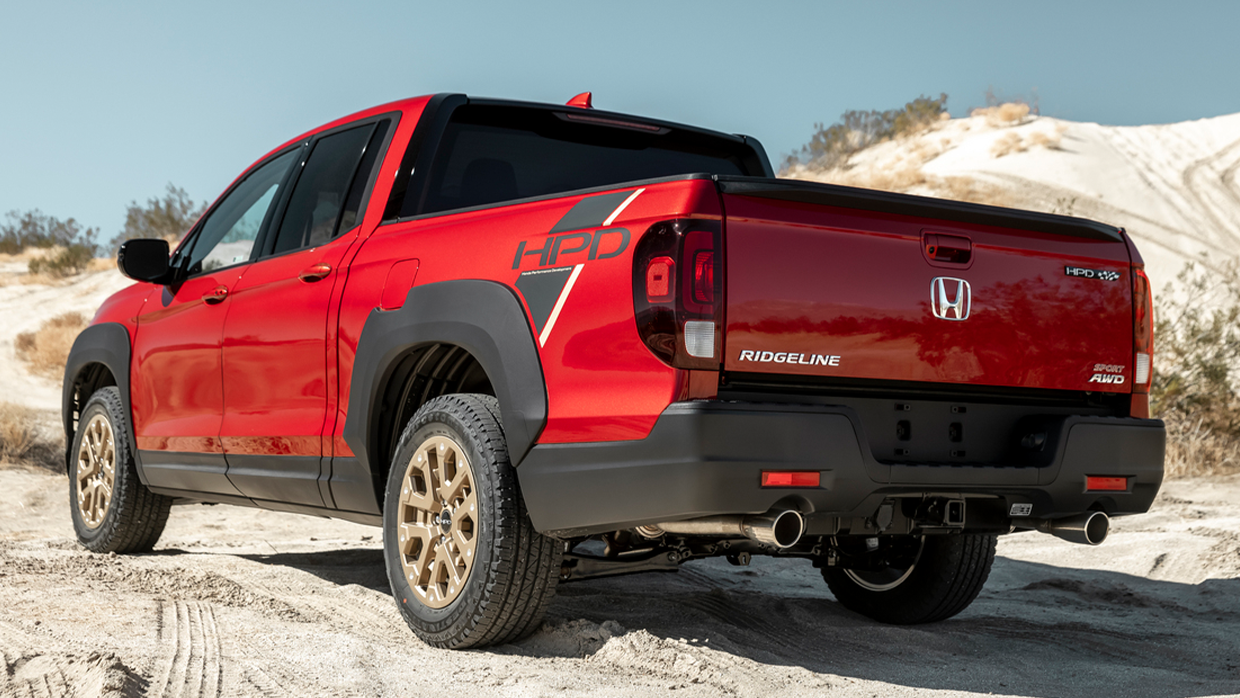-
Car Reviews
- All reviews
- Midsize SUVs
- Small cars
- Utes
- Small SUVs
- Large SUVs
- Large cars
- Sports SUVs
- Sports cars
- Vans
Latest reviews
- Car News
-
Car Comparisons
Latest comparisons
- Chasing Deals
Electrification could finally open the door to Honda bringing a ute to Australia. So what’s changed, and what it could look like?
Honda Australia’s new president and CEO Jay Joseph is conscious of the ute-shaped void missing in its local lineup, which is set to expand in 2026 with a litany of hybrid and fully electric vehicles (EVs).
The latter could be the vital tool that could finally bring a ute to Australia, as Honda prepares to launch its ‘Zero Series’ and other subsequent EVs, with the new dedicated platforms potentially opening the door to a right-hand drive tray-back.
“Obviously, dual-cab utes are big sellers here in Australia, and we are conscious of that, even though it might not look like it from the outside,” Joseph told Chasing Cars.
Joseph pointed to the brand’s new generation EV platforms that would serve as a clean sheet for not just the capabilities of its vehicles, but also new possibilities in other segments.
“[The new platforms] might be much more amenable to different body structures built off of that,” he said.
“We haven’t introduced any vehicles on that platform. Zero Series is really a big step in that direction, and then beyond that, there’s another step that’s already planned.
“So, it very well could, but it’s a little early to be specific.”
Tesla has pointed to its steer-by-wire setup in the Cybertruck as making it easier to switch between right- and left-hand drive markets. This is because there is no physical connection to the wheels or structural form for the steering column.
Steer-by-wire is a technology also confirmed for Honda’s Zero Series EVs, but speaking more broadly, manufacturers generally consider fully electric platforms to be easier to adapt to right-hand-drive than a combustion-engined vehicle.
With sales down 6.4 percent so far this year and the bulk of Honda’s sales resting on the HR-V, ZR-V and CR-V SUVs, its not surprising that it would be eyeing the segment that makes up 22.7 percent of the entire market
The pick-up segment is currently dominated by the Ford Ranger and Toyota Hilux, though it’s expanding rapidly including new names like Kia Tasman and BYD Shark 6.
With Honda’s Zero Series serving as a pivot point for new design across the range, Chasing Cars worked with digital artist Theottle to imagine what a potential ute would look like.
Honda’s ute is likely to be fully-electric, plus its pick-ups (such as the US market Ridgeline) are more lifestyle than bush bashers. Our render’s styling reflects this.
At the front, the Honda ute borrows its fascia from the Zero Series SUV but with raised belt and bonnet lines matched with a steeply raked windscreen.
The ute also sits considerably higher than the low-slung SUV concept, with chunkier tyres to increase its off-road capability. Its electric underpinnings aren’t too hidden, however, with a charging flap found just behind the driver’s side front wheel.
At the rear, the ute again takes inspiration from the SUV concept with the sweeping U-shaped tail-light design. It doesn’t just look good, it also allows the tailgate to be folded down for longer loads while driving, as the taillights still remain visible.
Eagle-eyed readers might also spot the shadow signs of a multi-link, independent rear suspension design similar to the current Ridgeline, to offer more car-like handling than a traditional live-axle, leaf-sprung ute.
In terms of what’s under the bonnet, that remains perhaps the most difficult to predict, with Honda yet to reveal its new generation of EV hardware, but outputs of around 200kW and 500Nm would be expected for this type of vehicle in dual-motor configuration.
Honda has promised its Zero Series will provide around 500km of range, though electric pickups are increasingly gravitating towards hybrid or range-extender style systems to offer greater versatility, which could perhaps better suit the tastes of Australian buyers.
On sale since 2005, Ridgeline is a Honda ute made in the US, for the US, but Joseph told Chasing Cars this unibody design in a combustion vehicle makes it significantly more difficult to reengineer for right-hand-drive.
Throw on top of that the need to sell the Ridgeline in multiple right-hook markets to justify the conversation, unfavourable exchange rates between the US and Australia and the newly announced tariffs under President Trump, and Honda says it faces an uphill battle to bring the ute here.
Perhaps more importantly, Joseph doesn’t think it suits the Australian market, which is currently dominated by a desire for diesel engines, heavy towing capacities and genuine off-road capability — something the more lifestyle Ridgeline would struggle to match.
“The Ridgeline is actually a great vehicle, I’ve driven them a lot in the States and really love it. But that doesn’t mean it’s the best fit for this market necessarily,” Joseph said.
Often coined as the original mass-market lifestyle ute, the Ridgeline’s unibody construction is credited with its more car-like driving demeanor and refinement that make it an easier ute to drive every day.
Ford saw further potential in this segment and launched its own competitor in 2021 in the Maverick, which has been a run away success for the brand.
Hyundai followed suit, and launched the Santa Cruz the same year.
Like Honda however, Ford and Hyundai have opted against bringing their lifestyle utes to Australia in their current forms, with the utes providing either unsuitable, or too complex to bring to our market while keeping an attractive price that would give them the edge over a more traditional body-on-frame ute.
Latest news
About Chasing cars
Chasing Cars reviews are 100% independent.
Because we are powered by Budget Direct Insurance, we don’t receive advertising or sales revenue from car manufacturers.
We’re truly independent – giving you Australia’s best car reviews.
